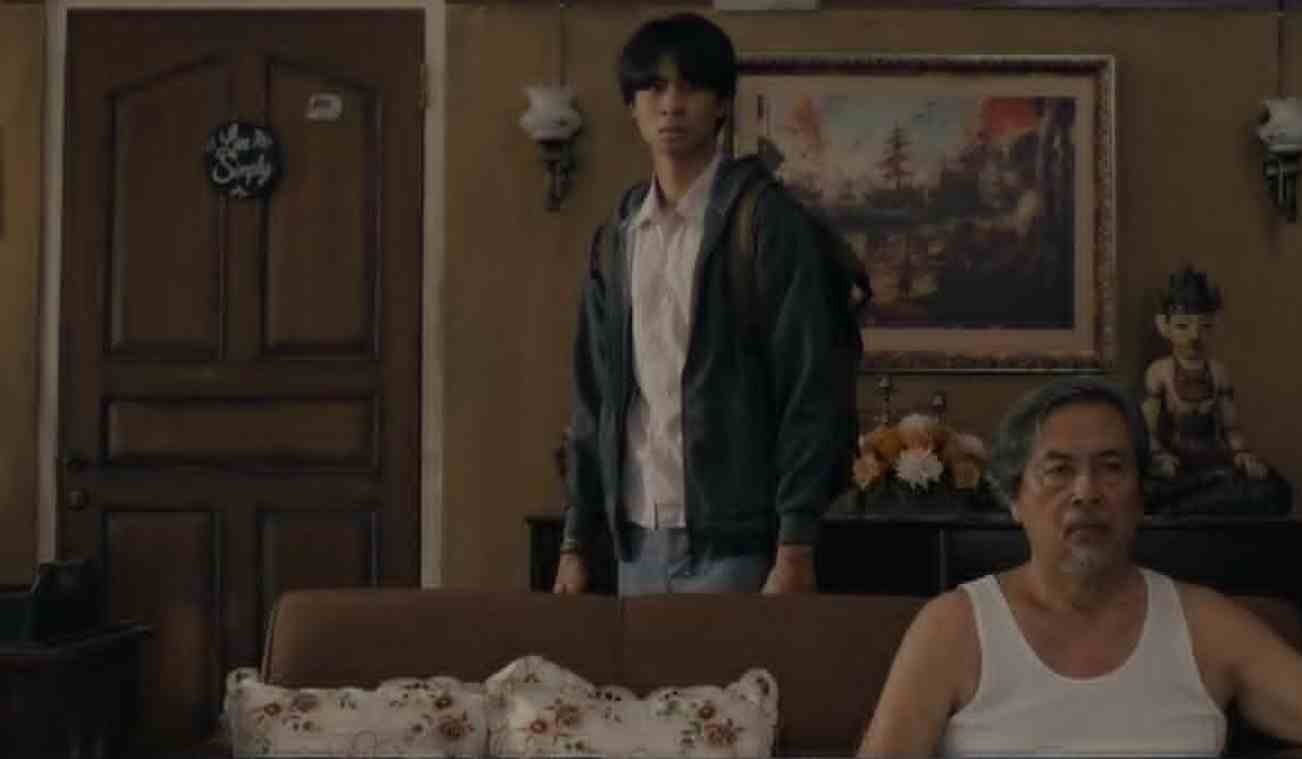Director Sidharta Tata’s SOUL REAPER (originally titled Mimpi Pencabut Nyawa, also known in some regions as Respati) is a spine-chilling Indonesian horror fantasy film that blends ancient folklore with modern psychological fear. The movie is based on a book by Ragiel JP. Tata, Ragiel JP, and Ambaridzki Ramadhantyo wrote the screenplay together.
In the movie, Devano Danendra plays Respati, a teen with a strange gift. Keisya Levronka plays Wulan, and Mikha Hernan plays Tirta. Also in the cast are Ratu Felisha as Sukma, Budi Ros as Sugiman and Fajar Nugra as Abdul. The movie is a new standard for Indonesian horror. It has great acting, an interesting story, and a tense atmosphere. A lot of its power comes from the hauntingly beautiful places where it was filmed.
WHAT “SOUL REAPER” IS ABOUT
Respati is the main character of Soul Reaper. He is a teenager who finds out he can go into other people’s dreams. Respati has terrible nightmares and scary visions because he feels guilty about the deaths of his parents. As he dreams of a mysterious, shadowy figure killing people, he realizes that the killings are not just happening in his dreams; they are also happening in real life.

Soon, Respati meets Wulan, a new student with a scary past who is also connected to the same dream realm. As they get closer, the dark forces they face and the truth about their powers start to come out. Their journey takes them to an old village full of myths, a forgotten evil, and a supernatural being called Sikma, who used to be a healer but is now a malevolent spirit.
Respati learns that he is connected to the mountain goddess through his family tree. This gives him the strength to face the evil forces that are hurting him and those around him. The scary dream world is where the climax takes place, forcing Respati to face his trauma and stop Sikma before more people die.
WHERE WAS “SOUL REAPER” FILMED?
Yogyakarta, Indonesia, was the main place where SOUL REAPER was filmed. This city, which is also called “Jogja”—is a center for culture and history. Its dense forests, ancient temples, traditional villages and mysterious atmosphere make it a great place to write horror and fantasy stories. In February 2021, filming began, capturing the spiritual and natural elements that are used a lot in the movie.

The dense jungles and historical sites in Yogyakarta gave the dream world scenes a creepy realness. The filmmakers used forests to show the subconscious, where the grieving are stuck, wrapped in symbolic tree roots and drawn to a ghostly light. These dream scenes were probably filmed in some of Jogja’s more remote and atmospheric areas. This adds to the movie’s overall supernatural feel.
Along with scenes in the forest—traditional Javanese villages were used to show where Respati’s grandfather’s family came from. These settings helped ground the story in old folklore and drew attention to how different the modern teenage characters are from the old beliefs that shape their journey.
PRODUCTION DETAILS AND VISUAL STYLE

SOUL REAPER was co-produced between Indonesia and South Korea, and even though it’s an Indonesian-language film, it has international appeal.The Director of Photography deserves extra credit for bringing the mysterious story to life with beautiful color grading, well-thought-out lighting, and a style that makes each scene feel even scarier.
A lot of work went into the music and visual effects—which were very important for showing how scary the dark force that eats souls is and how strange things happen in the dream world. The production team used both real-world effects and digital enhancements to make the forest look both friendly and dangerous—like a place between life and death.
INTERNATIONAL REACH AND THEMATIC SETTING
Interestingly, while the film is heavily rooted in Indonesian mythology, some scenes appear to nod toward broader Southeast Asian customs, including Vietnamese folklore and regional supernatural beliefs. While not officially confirmed, parts of the movie’s themes suggest that minor sequences may have drawn inspiration from or been shot in environments that resemble Vietnamese countryside or myth-rich cultural zones.
Moreover, the North American distribution rights were picked up by Well Go USA, an indication of the film’s potential to resonate with global horror audiences.
stay connected with netfilming.com – your guide to the latest in global horror and fantasy entertainment.



